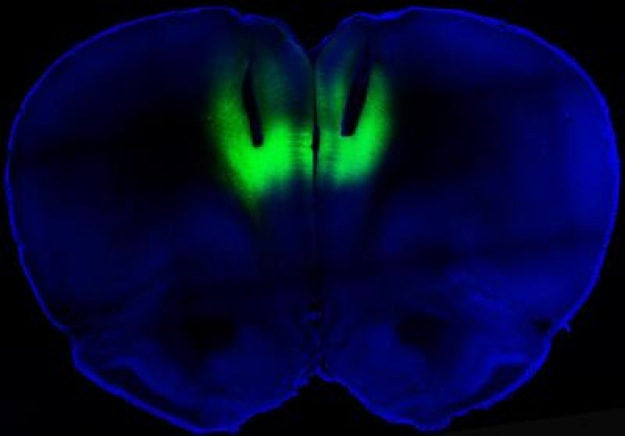 There are many ways to cure addiction; Slow withdrawal from whatever you’re addicted to is often suggested, allowing the body and mind to go through a reduced rate of detoxification. But of course, that’s not easy. Neither is the other extreme of going cold turkey and just stopping entirely at once, with all the withdrawal symptoms and drawbacks that come. Oh, then there’s shooting your brain with lasers and losing any craving for the addictive substance altogether.
There are many ways to cure addiction; Slow withdrawal from whatever you’re addicted to is often suggested, allowing the body and mind to go through a reduced rate of detoxification. But of course, that’s not easy. Neither is the other extreme of going cold turkey and just stopping entirely at once, with all the withdrawal symptoms and drawbacks that come. Oh, then there’s shooting your brain with lasers and losing any craving for the addictive substance altogether.
What, you’ve not heard of the shooting brains with lasers method?
Here’s the science behind it. A team of researchers from the National Institutes of Health and the Ernest Gallo Clinic and Research Center at University of California San Francisco have discovered that they can remove any addictive behavior in rats with a few well-placed zaps.
Specifically, the tests removed the addiction to cocaine, the team’s Antonello Bonci explained. Bonci – who serves as the scientific director of the intramural research program at the NIH’s National Institute on Drug Abuse as well as an adjunct professor of neurology at UCSF and Johns Hopkins University – said that “when we turn on a laser light in the prelimbic region of the prefrontal cortex, the compulsive cocaine seeking is gone [in the rats].”
If you’re wishing to rid yourself of the urge to snort cocaine but remain unconvinced about the idea of shooting yourself in the brain with lasers, don’t worry; it turns out, there is a far less dangerous – and less laser-centric – method to produce the same results, according to the researchers.
Bonci and team believe that the activation of the prelimbic cortex can be achieved through something called “transcranial magnetic stimulation,” or TMS, which is pretty much exactly what it sounds like: Using magnets – in this case, an electromagnetic field created by electromagnets placed across the head – to manipulate activity within the brain. This isn’t an entirely new idea; it’s a process that is already used to treat depression in certain patients in unique cases.
Of course, just because this treatment works on rats doesn’t necessarily mean it’ll work on humans, despite the similarity observed in the chemical reactions in both human and rat subjects dealing with addiction. That’s why the research team is about to start clinical tests on human subjects using the TMS method to see whether it can reduce cravings for those already addicted to cocaine.
One strange side discovery of the research so far: The laser treatment for cocaine addiction in rats, if applied to rats that were not addicted to cocaine, resulted in them suddenly craving the drug. There’s a James Bond villain’s scheme in there somewhere…


